Home>Gardening & Outdoor>Outdoor Structures>Why Do Rugs Shed
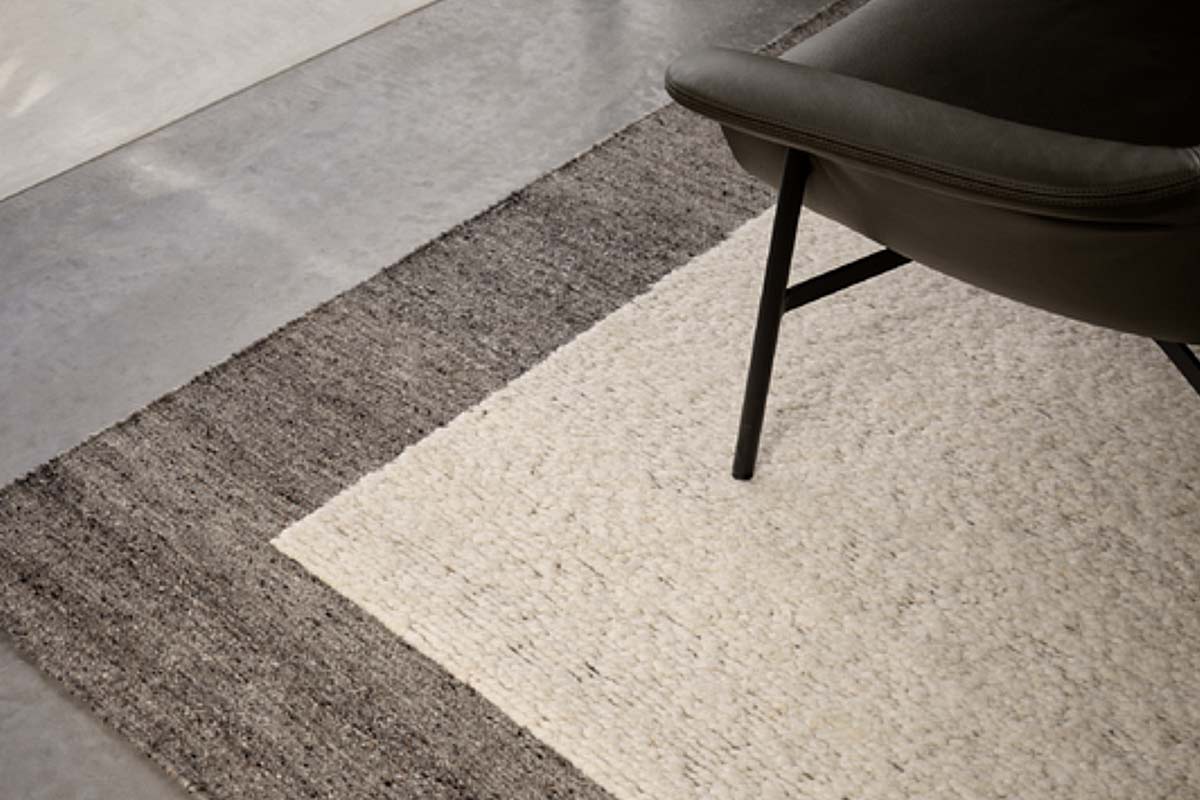

Outdoor Structures
Why Do Rugs Shed
Modified: August 28, 2024
Discover the reasons why rugs shed and learn how to prevent it. Find expert tips and advice for maintaining outdoor structures.
(Many of the links in this article redirect to a specific reviewed product. Your purchase of these products through affiliate links helps to generate commission for Storables.com, at no extra cost. Learn more)
**
Introduction
**
When you bring a new rug into your home, it’s not uncommon to notice some shedding initially. This shedding, often mistaken for a cause for concern, is a natural occurrence that is part of the rug’s settling-in process. Understanding why rugs shed and the factors that influence shedding can help you make informed decisions when selecting and caring for your rugs. In this article, we’ll delve into the reasons behind shedding in rugs, the types of rugs that are more prone to shedding, and practical tips to minimize shedding. By the end of this read, you’ll be equipped with the knowledge to ensure that your rugs not only adorn your living spaces but also stand the test of time with minimal shedding.
**
Key Takeaways:
- Shedding in rugs is a natural process caused by loose fibers in the rug’s construction. Understanding this can help you choose and care for your rugs wisely, ensuring minimal shedding over time.
- Certain rugs, like wool, shag, and high-pile rugs, are more prone to shedding due to their fiber types and construction. By knowing which rugs shed more, you can anticipate shedding and take steps to minimize it.
Read more: When Do Wool Rugs Stop Shedding
What Causes Shedding in Rugs?
**
Shedding in rugs is primarily caused by the natural characteristics of the fibers used in their construction. When rugs are manufactured, the fibers, whether wool, cotton, synthetic, or a blend, are looped, knotted, or woven together to form the rug’s pile. During this process, loose fibers often remain trapped within the rug’s structure.
Once the rug is in use, these loose fibers work their way to the surface, resulting in shedding. This shedding is most noticeable in the first few months after the rug is brought into the home, as the fibers continue to find their way out of the pile. This process is entirely normal and is not an indication of poor quality. In fact, it is a sign that the rug is made from genuine, natural materials.
Another factor contributing to shedding is the rug’s construction method. Handmade rugs, especially those crafted using traditional techniques, are more prone to shedding compared to machine-made rugs. This is because the hand-knotting or hand-tufting process often leaves more loose fibers within the rug’s pile, which subsequently shed as the rug settles into its new environment.
Furthermore, the length and type of fibers used in the rug also play a role in shedding. Longer fibers, such as those found in shag rugs or high-pile wool rugs, are more likely to shed as they have more surface area from which loose fibers can emerge. Additionally, certain natural fibers, like wool, are inherently more prone to shedding due to their structure and composition.
It’s essential to note that shedding is not a sign of a defective rug. Rather, it is a temporary phase that occurs as the rug adjusts to its new surroundings. Understanding the causes of shedding can help alleviate concerns and allow you to appreciate the natural characteristics of your rug.
**
Types of Rugs That Shed
**
While shedding is a common occurrence in many types of rugs, certain varieties are more prone to shedding due to their construction and the materials used in their making. Understanding the characteristics of these rugs can help you anticipate shedding and make informed choices when selecting a rug for your space.
Wool rugs, prized for their durability and luxurious feel, are notorious for shedding, especially in the initial months of use. This shedding is a result of the natural properties of wool fibers, which have a tendency to release loose strands as the rug settles. While this shedding diminishes over time, wool rugs may continue to shed to a lesser extent throughout their lifespan.
Shag rugs, known for their plush, long fibers that create a soft and cozy underfoot feel, are also prolific shedders. The lengthy strands of shag rugs inherently have more surface area from which loose fibers can emerge, leading to shedding, particularly in the early stages of use. Regular vacuuming and grooming can help manage shedding in shag rugs.
High-pile rugs, including those made from wool, synthetic materials, or a blend, are another category that commonly sheds. The dense, lofty pile of these rugs can trap loose fibers, which gradually work their way to the surface, resulting in shedding. Despite shedding being more pronounced in high-pile rugs, they are favored for their sumptuous texture and visual appeal.
Handmade rugs, especially those crafted using traditional methods such as hand-knotting or hand-tufting, are more likely to shed compared to machine-made rugs. The intricate construction of handmade rugs often leaves more loose fibers within the pile, contributing to shedding as the rug acclimates to its environment.
While shedding is more prevalent in the aforementioned types of rugs, it’s important to recognize that shedding is a natural characteristic of many rugs, regardless of their construction or materials. By understanding the shedding tendencies of different rug types, you can make informed choices and implement appropriate care practices to minimize shedding and enjoy the beauty and comfort that rugs bring to your home.
**
To reduce shedding in rugs, choose a low-pile rug, vacuum regularly, and use a rug pad to minimize friction. Avoid using a beater bar on the vacuum.
How to Minimize Shedding
**
While shedding is a natural phase in a rug’s life, there are several measures you can take to minimize shedding and maintain the rug’s appearance and integrity over time. By implementing these practical tips, you can enjoy your rugs with minimal shedding and ensure they continue to enhance your living spaces for years to come.
Regular vacuuming is crucial in managing shedding. Use a vacuum cleaner with a beater brush or a rotating brush to gently agitate the rug’s pile and loosen any trapped fibers. Vacuuming at least once a week, or more frequently in high-traffic areas, can help remove loose fibers before they accumulate on the surface and become more noticeable.
Grooming your rug with a carpet rake or a specialized rug comb can also aid in minimizing shedding. Lightly combing the rug in the direction of the pile can help dislodge loose fibers and prevent them from surfacing. This simple practice can be particularly effective for rugs with longer or thicker pile, such as shag or high-pile rugs.
Choosing a rug with a lower pile height can reduce shedding, as shorter fibers are less likely to work their way to the surface compared to longer fibers. Additionally, rugs made from synthetic materials, such as polypropylene or nylon, tend to shed less than natural fiber rugs like wool or cotton. If shedding is a primary concern, opting for a rug with synthetic fibers can be a practical choice.
Properly securing the rug with a quality rug pad can help minimize shedding by reducing friction and movement. A rug pad provides cushioning and stability, preventing the rug from shifting and rubbing against the floor, which can contribute to increased shedding. Additionally, a rug pad enhances the longevity of the rug and improves safety by preventing slips and falls.
Avoiding excessive foot traffic and rough play on the rug, especially during the shedding phase, can also help minimize the release of loose fibers. Educating household members and visitors about the shedding process and encouraging gentle treatment of the rug can contribute to reducing shedding and preserving the rug’s condition.
By incorporating these strategies into your rug care routine, you can effectively minimize shedding and prolong the beauty and resilience of your rugs. Embracing the natural shedding phase as a transient aspect of a rug’s life can foster a deeper appreciation for the craftsmanship and inherent qualities of these cherished home accents.
**
Conclusion
**
Shedding is a natural phenomenon that is intrinsic to many types of rugs, stemming from the characteristics of the fibers used in their construction and the settling-in process as they acclimate to their new environment. Understanding the underlying reasons for shedding and the types of rugs that are more prone to shedding can empower you to make informed decisions when selecting and caring for your rugs.
While shedding may initially raise concerns, it is essential to recognize that shedding is not indicative of a defective rug but rather a temporary phase that diminishes over time. By embracing shedding as a natural aspect of a rug’s life, you can take proactive steps to minimize shedding and preserve the beauty and integrity of your rugs.
From regular vacuuming and grooming to selecting rugs with specific characteristics that minimize shedding, there are practical measures that can be implemented to manage shedding and ensure that your rugs continue to enhance your living spaces with minimal disruption. By incorporating these strategies into your rug care routine, you can maintain the appearance and longevity of your rugs while appreciating the inherent qualities of natural fibers and traditional craftsmanship.
As you embark on your journey with rugs, may this newfound understanding of shedding serve as a guide, allowing you to revel in the comfort, style, and artistry that rugs bring to your home. With a mindful approach to shedding and a commitment to proper care, your rugs will not only adorn your spaces but also weave enduring tales of warmth and beauty for years to come.
Frequently Asked Questions about Why Do Rugs Shed
Was this page helpful?
At Storables.com, we guarantee accurate and reliable information. Our content, validated by Expert Board Contributors, is crafted following stringent Editorial Policies. We're committed to providing you with well-researched, expert-backed insights for all your informational needs.
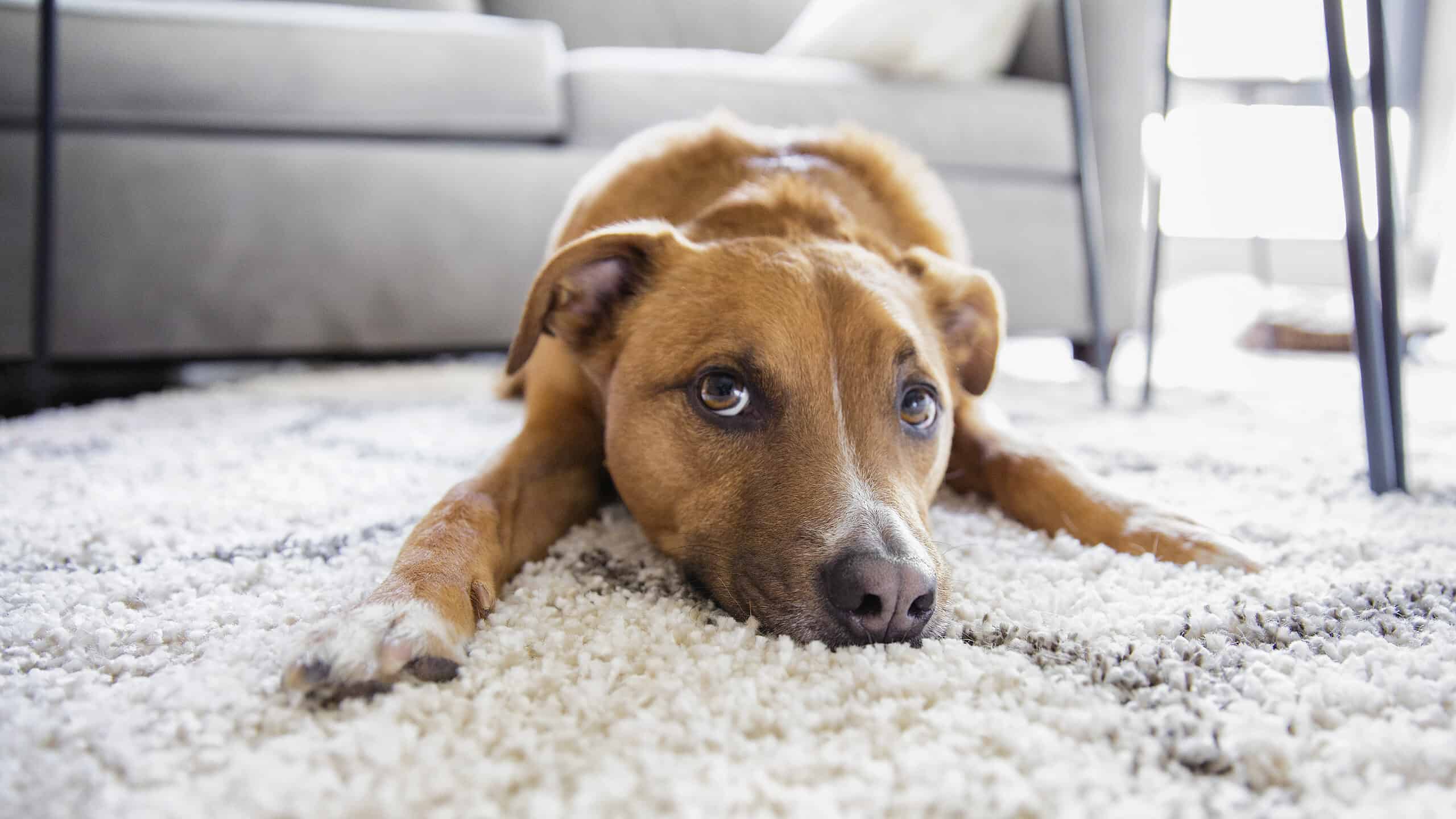
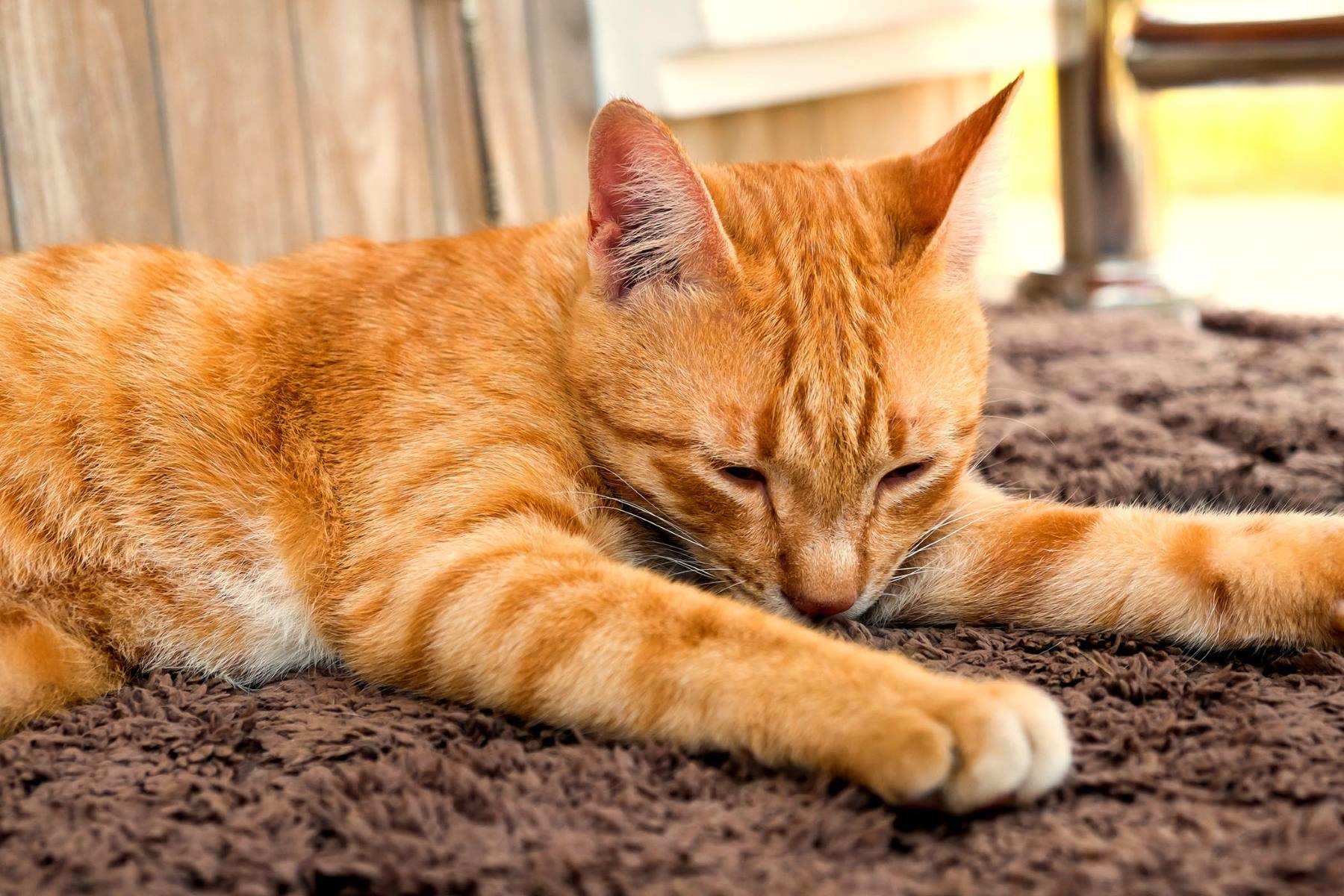


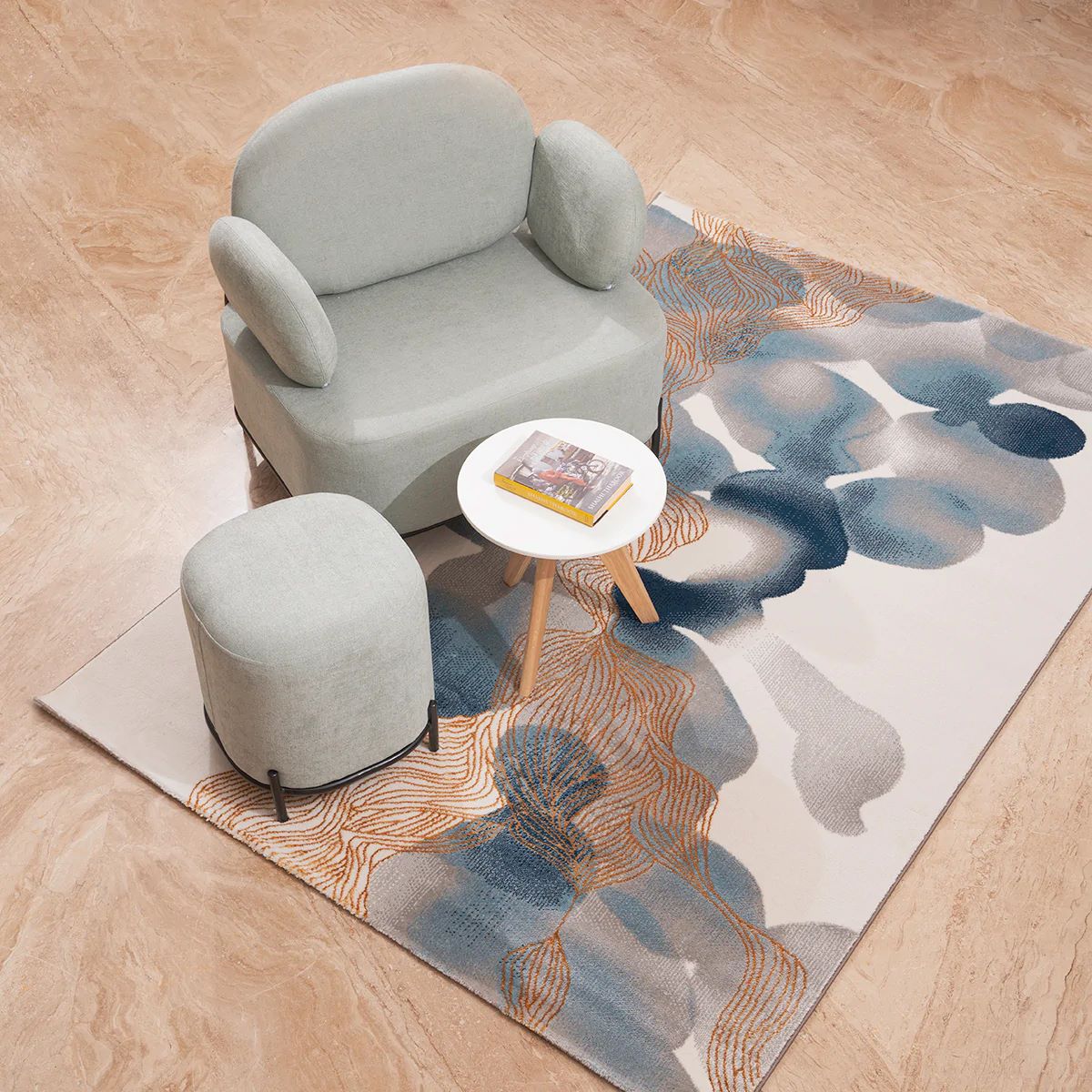
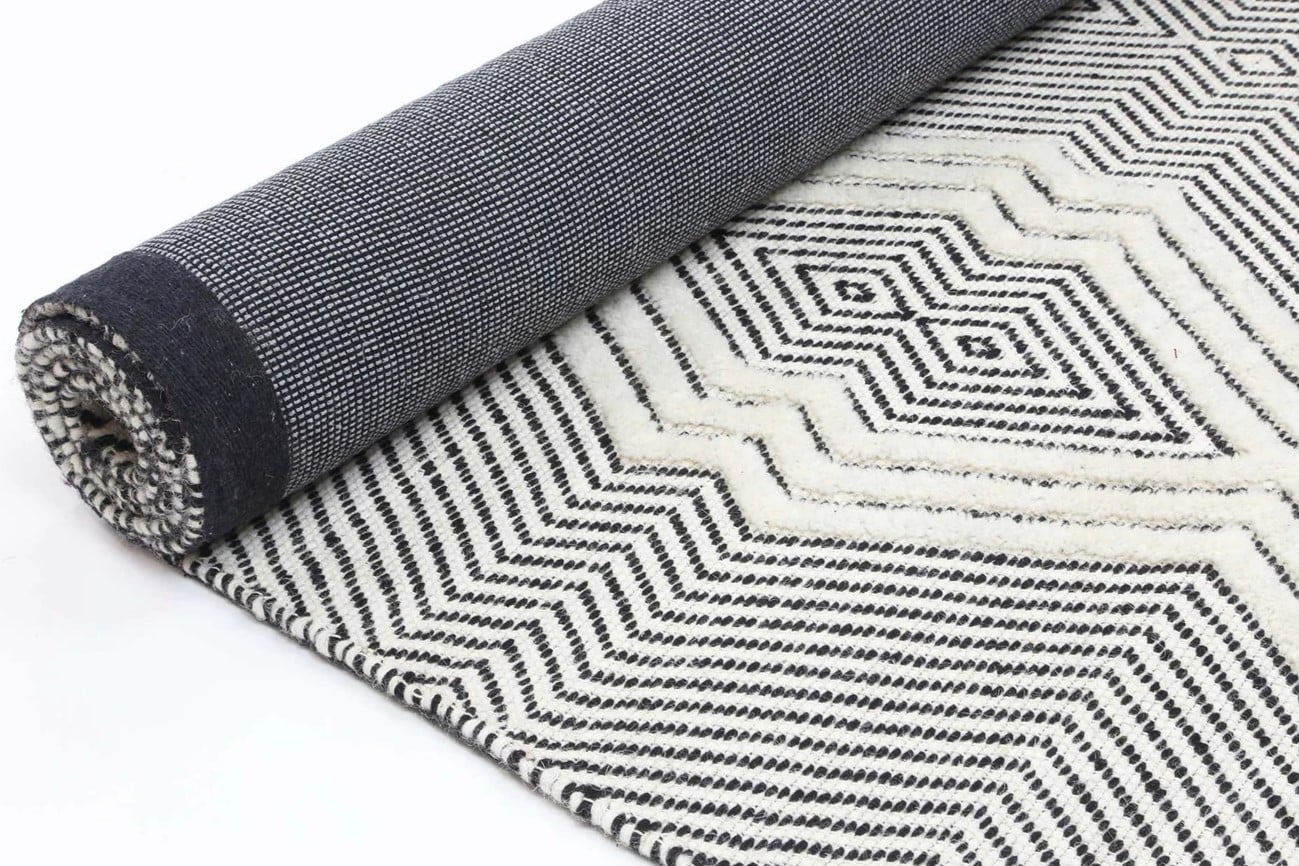
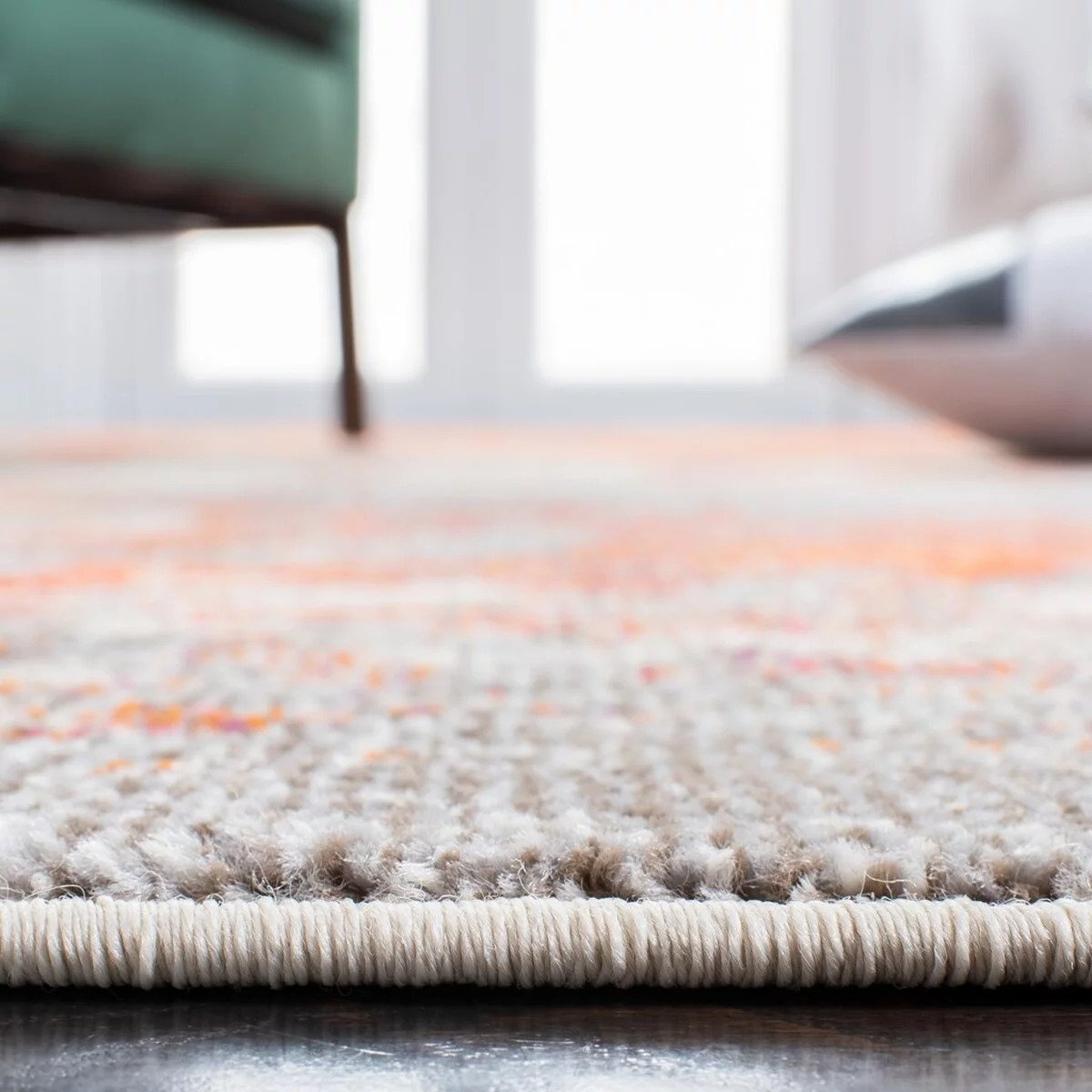
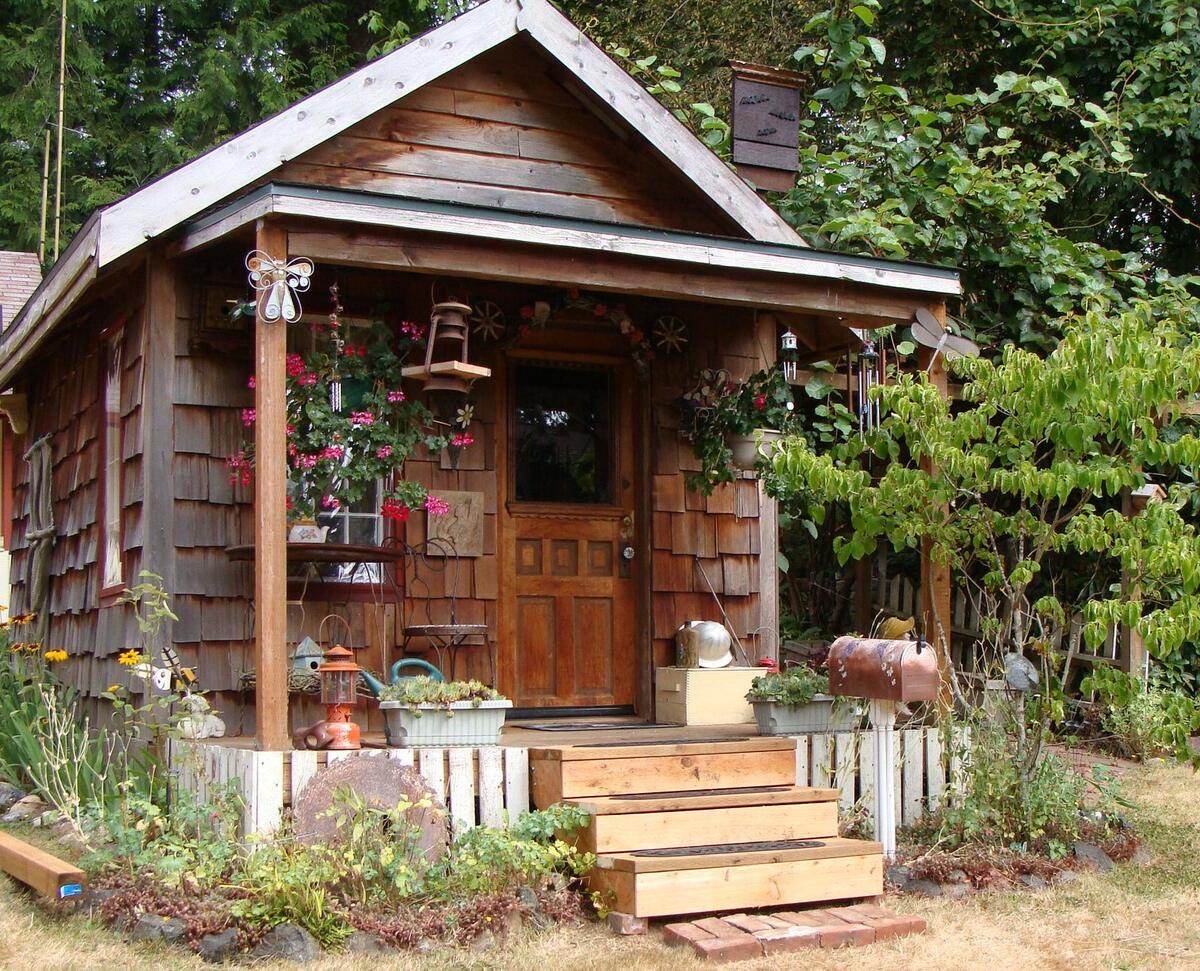
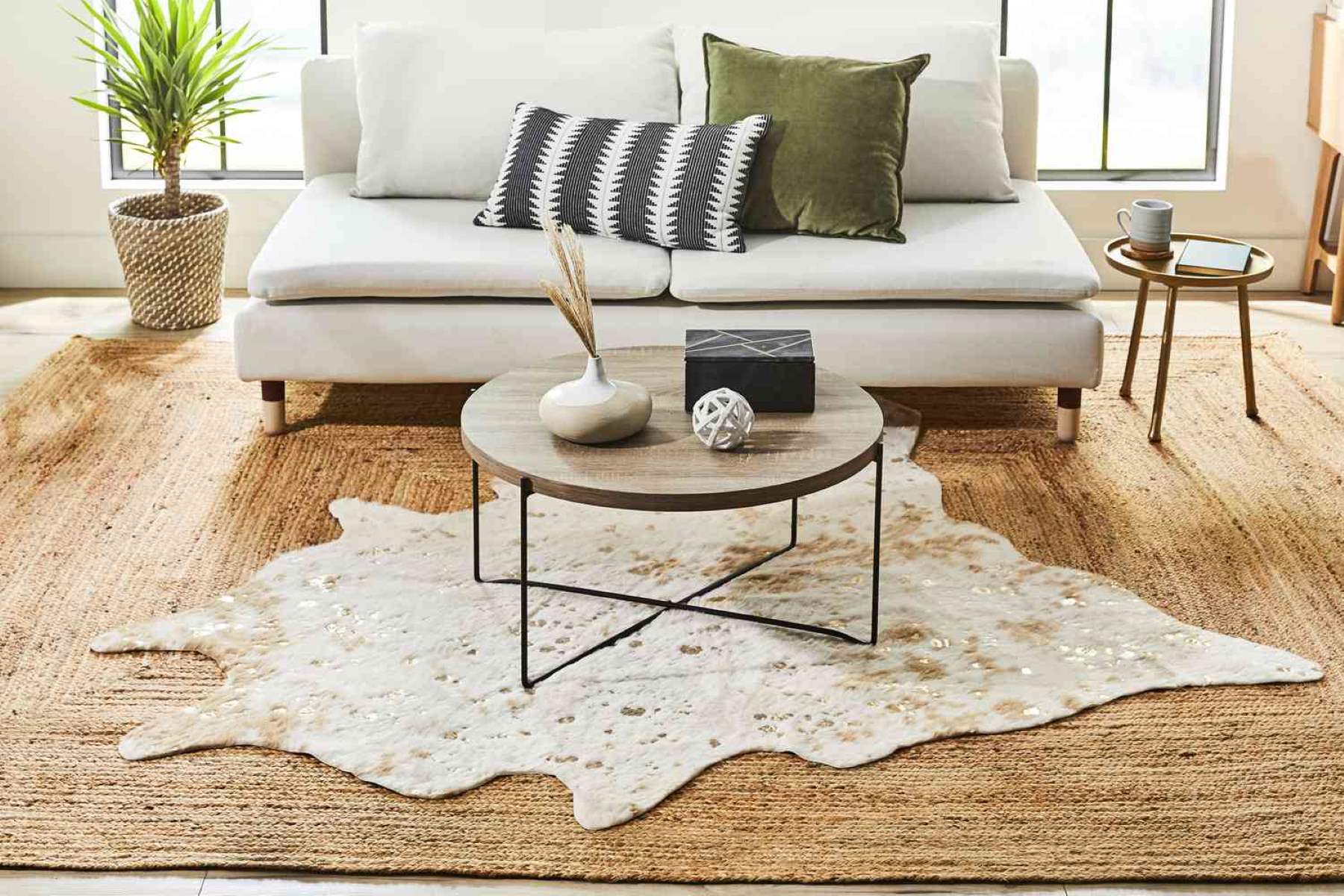
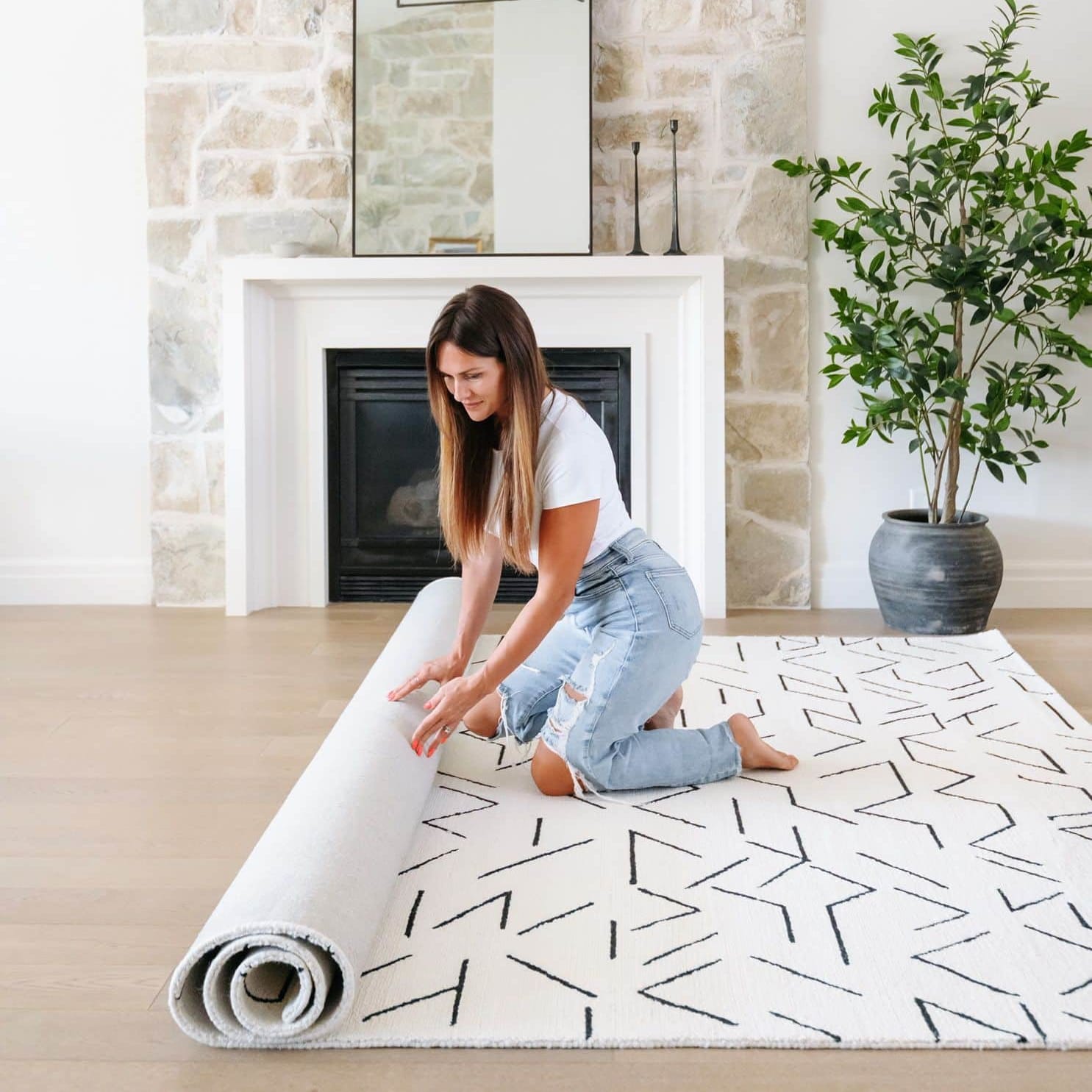
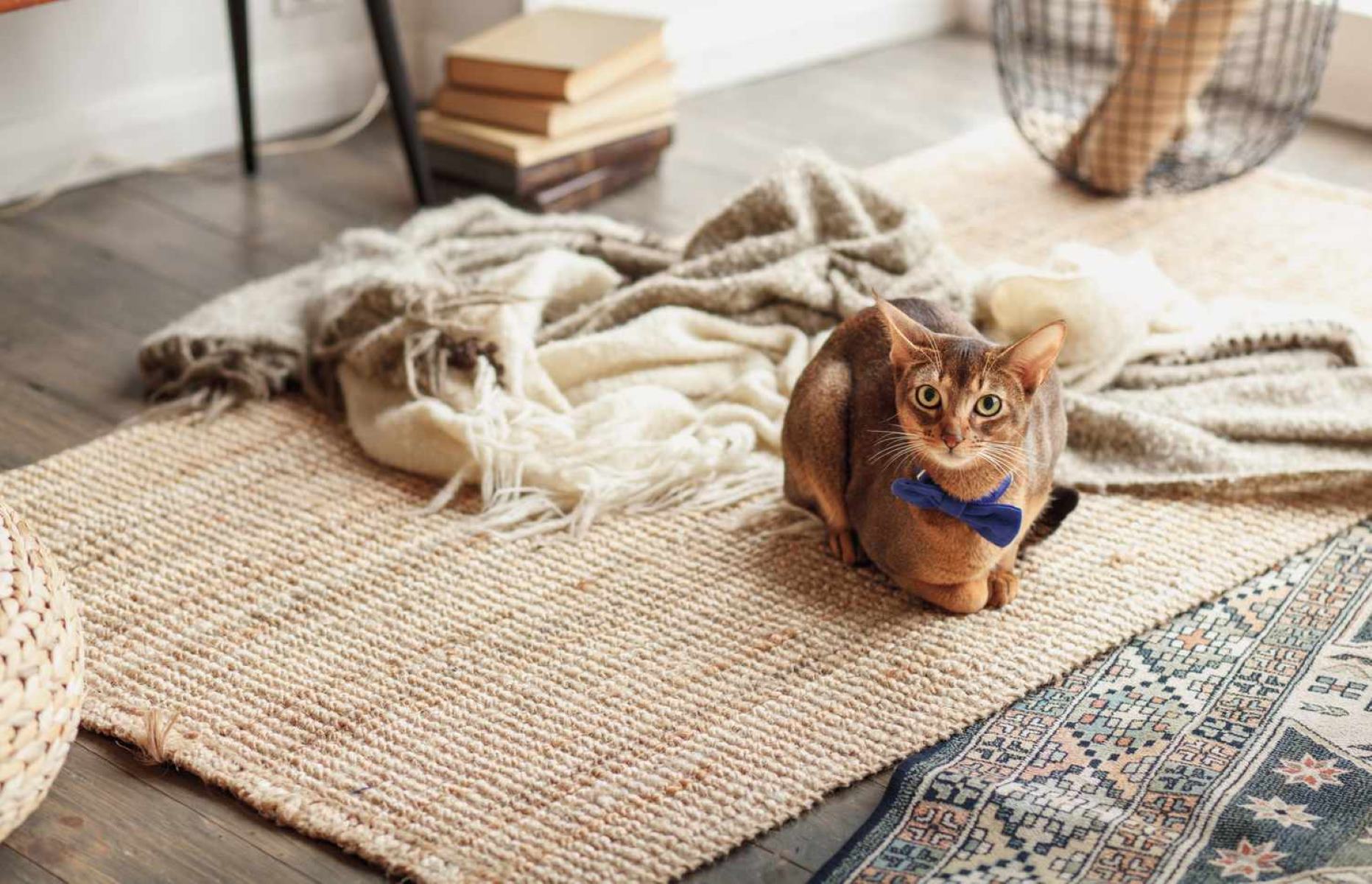
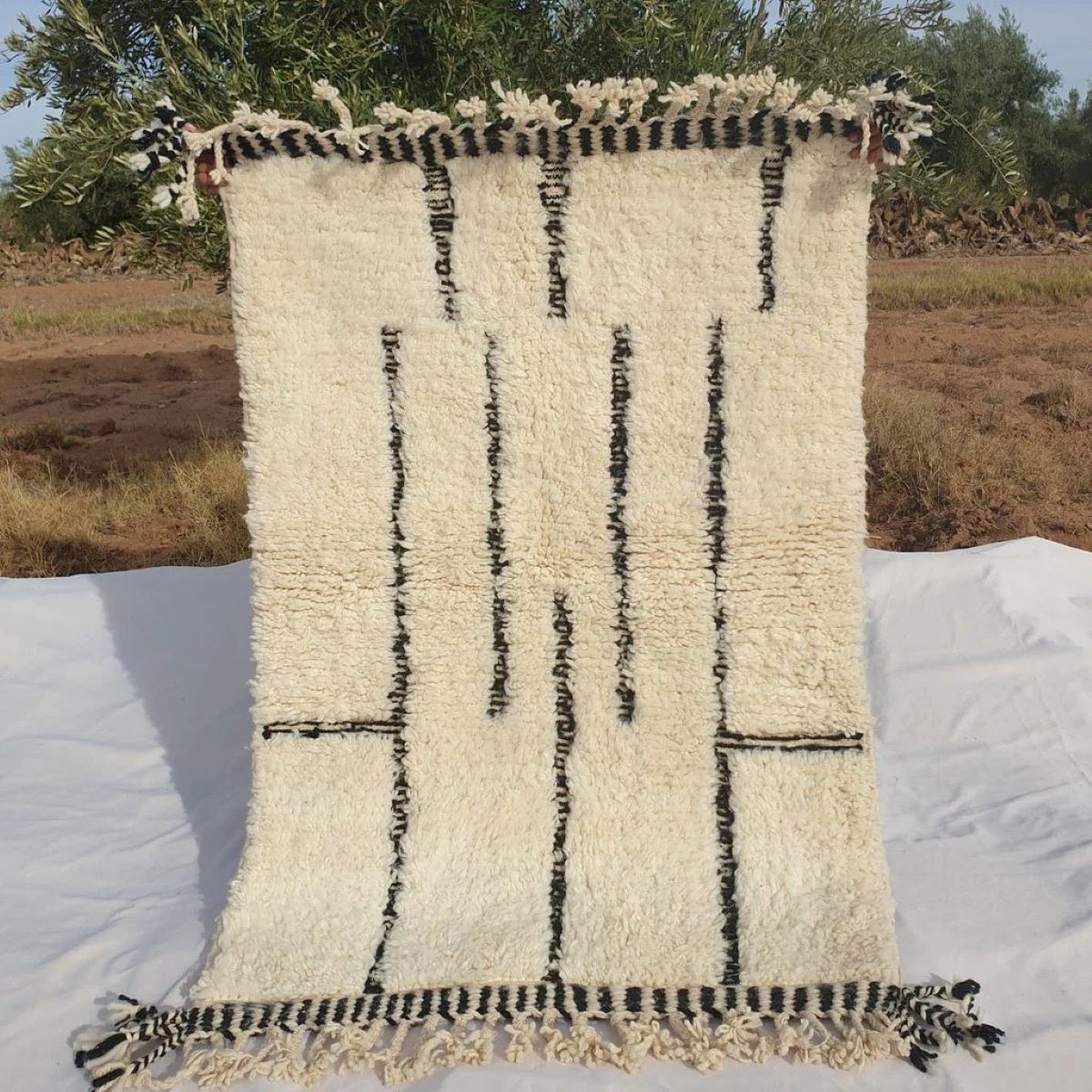
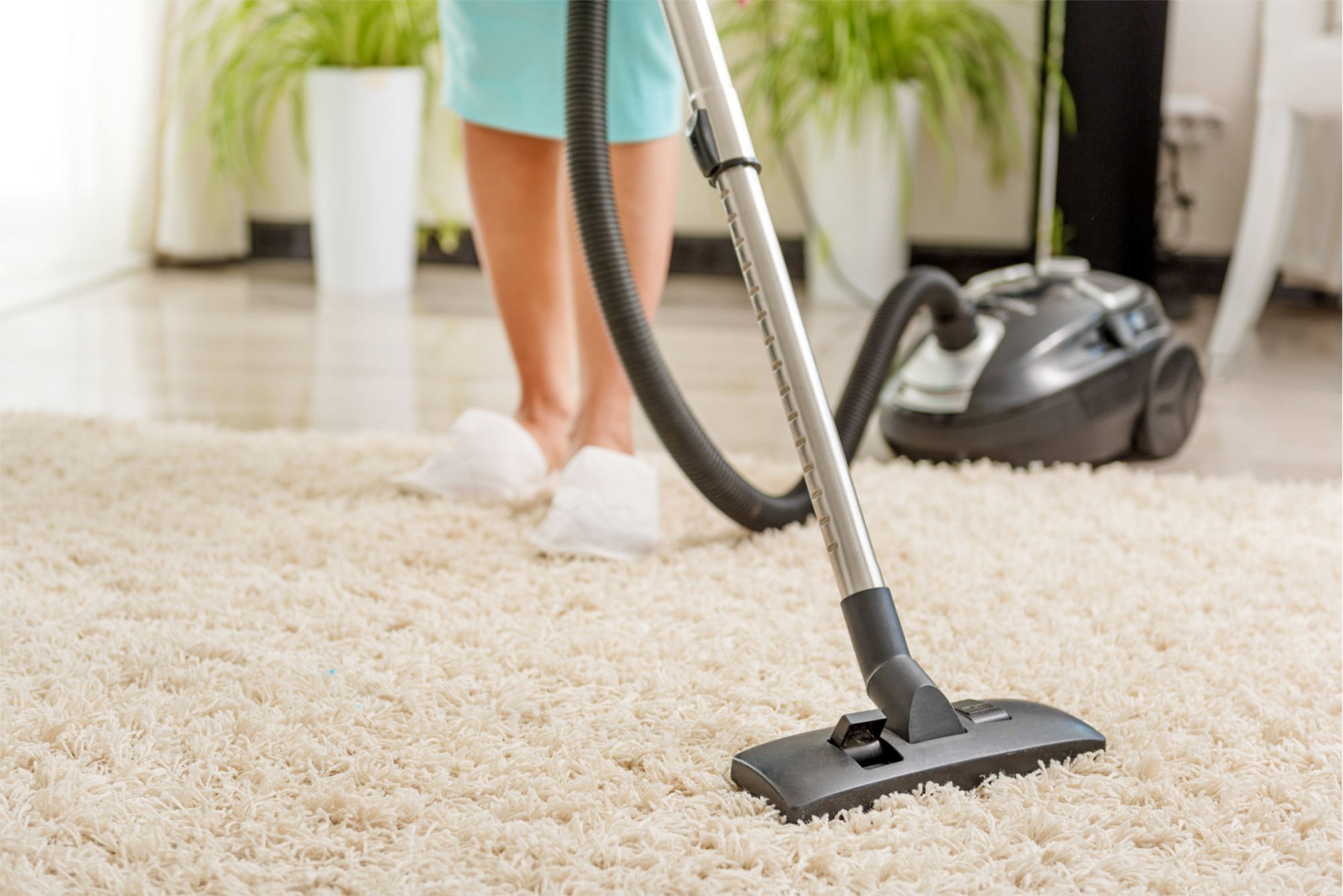
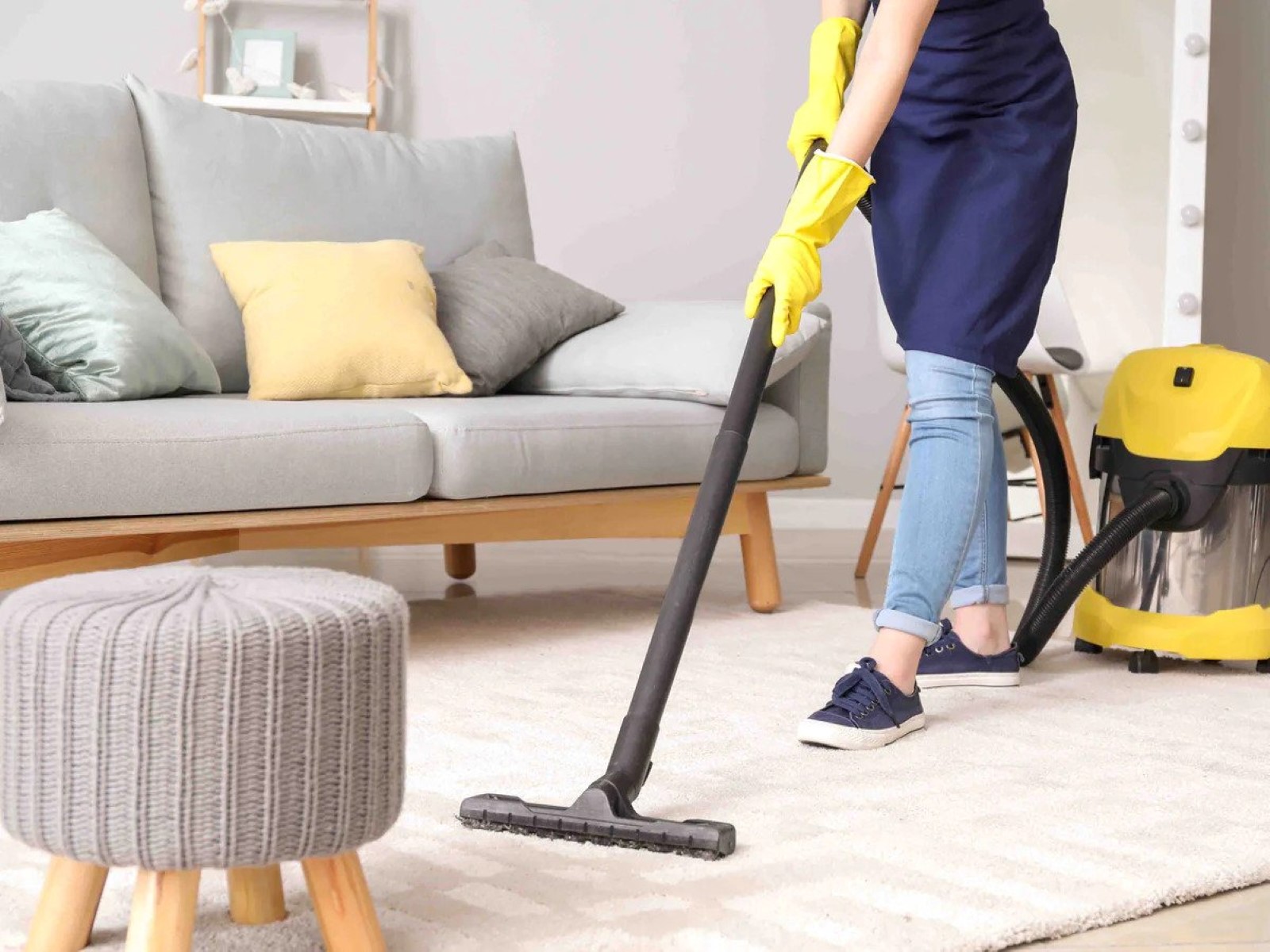
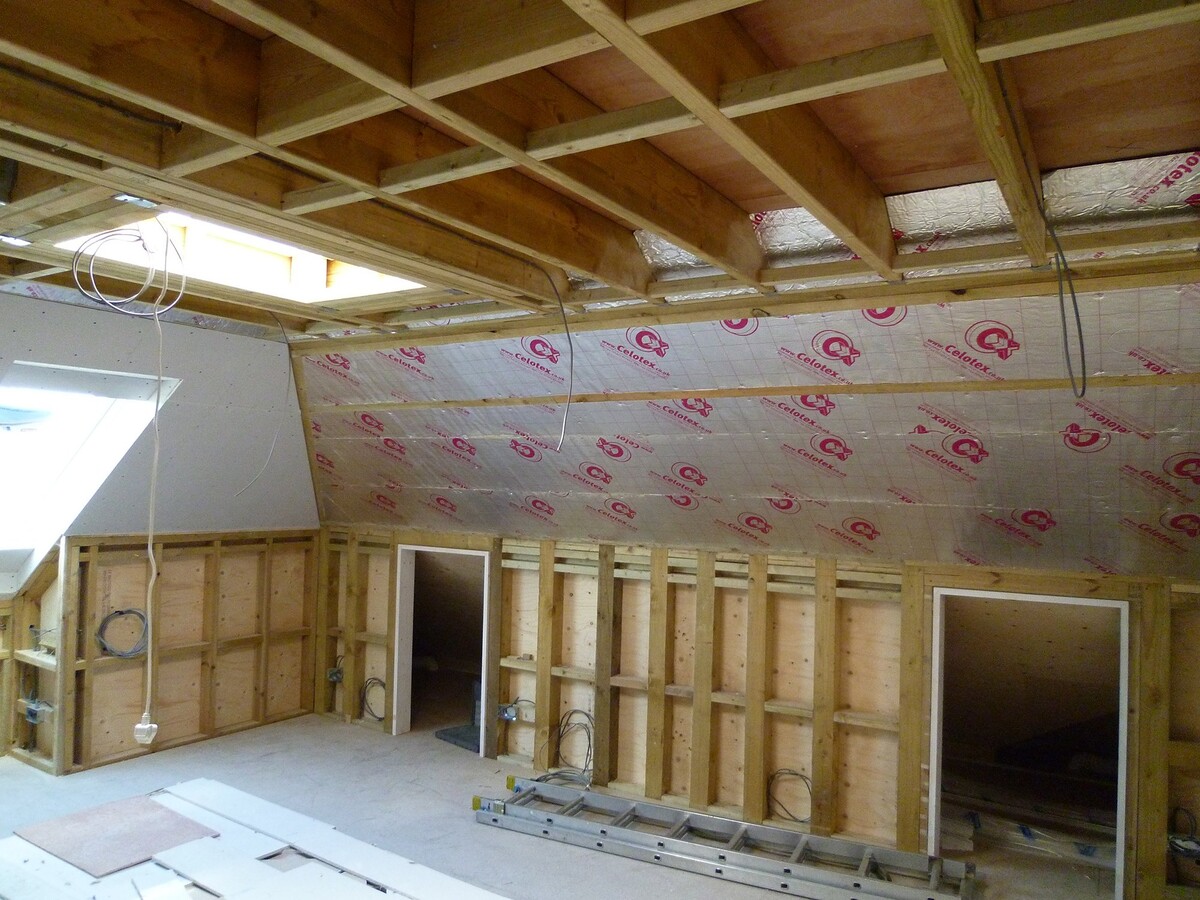

0 thoughts on “Why Do Rugs Shed”